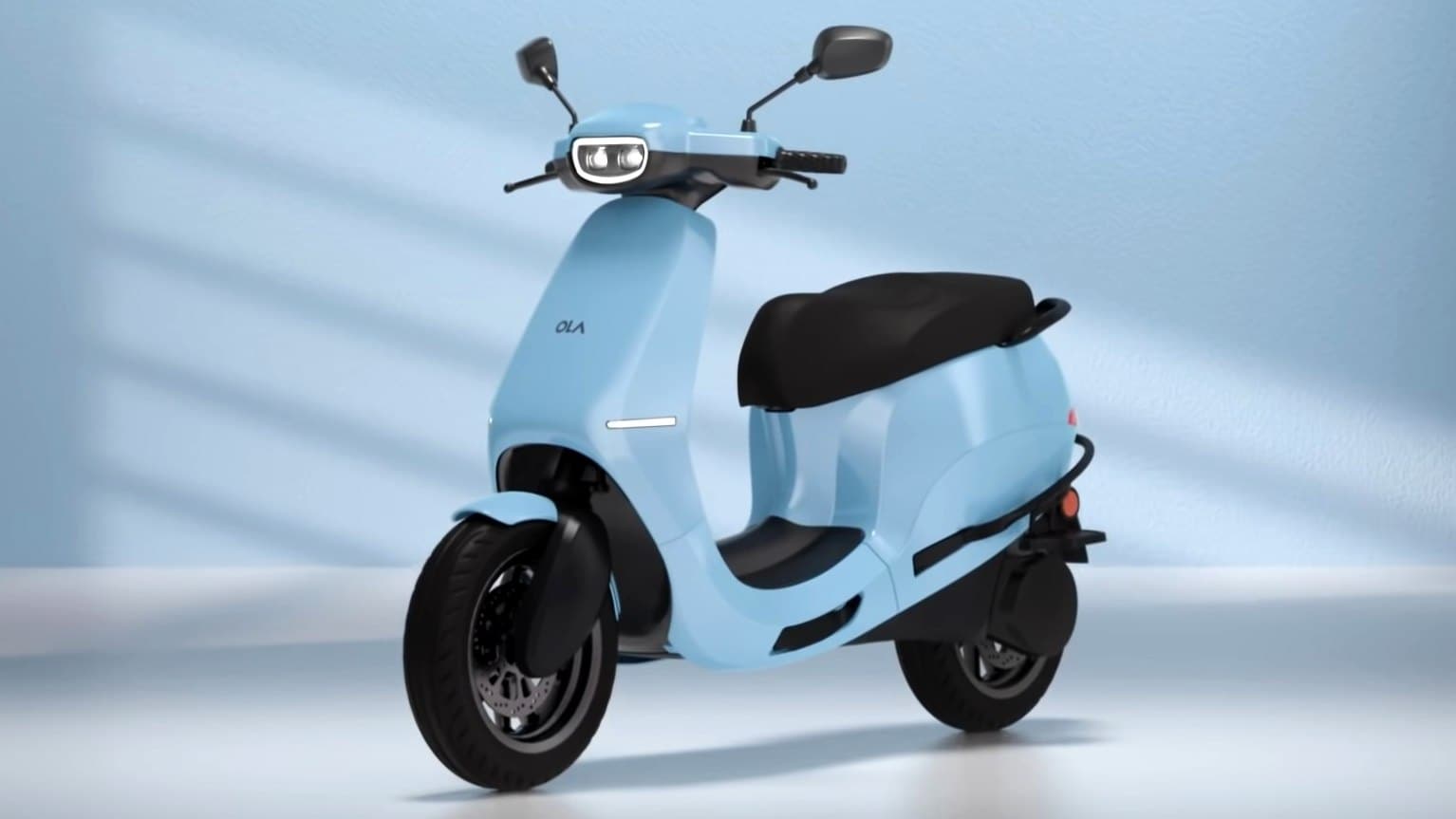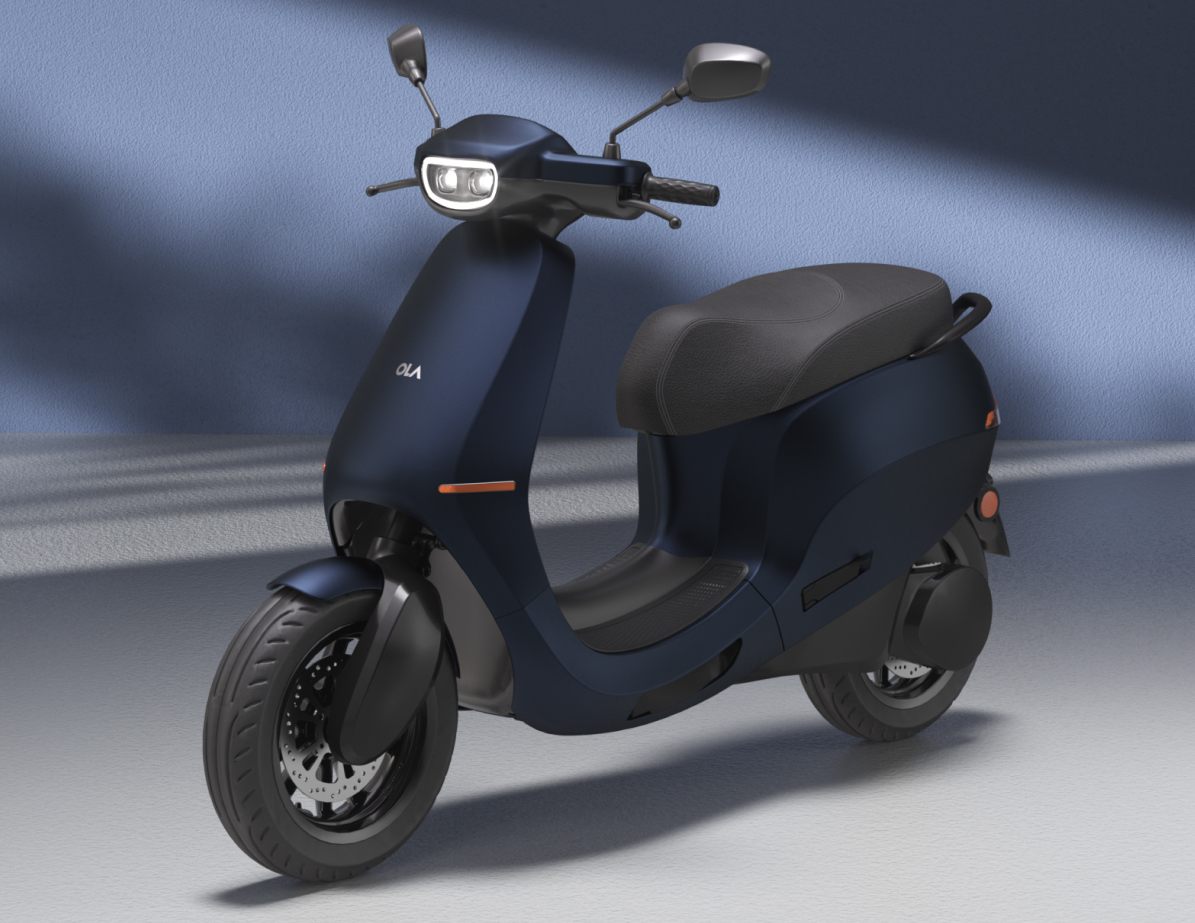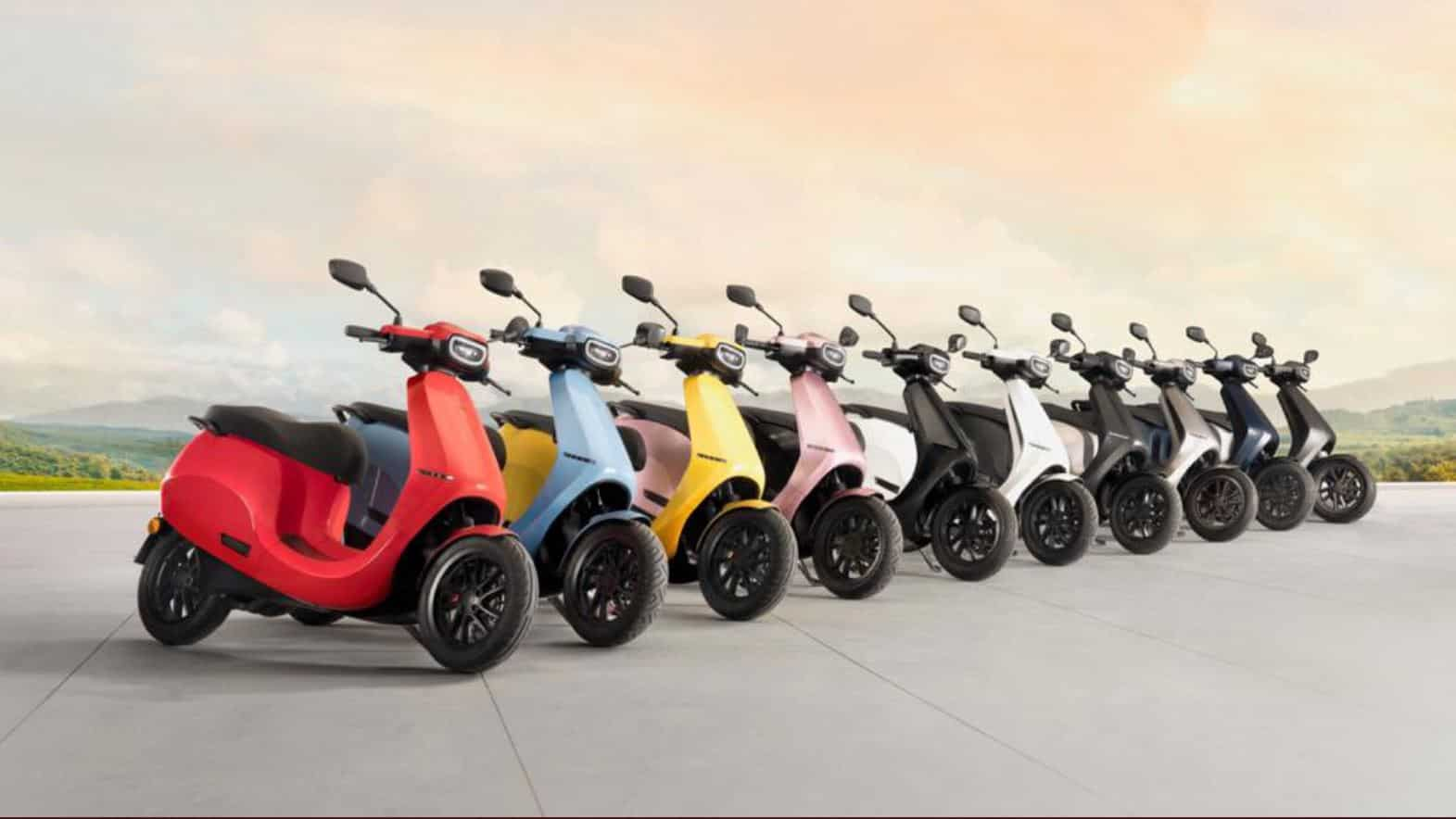Ola Electric Reports Revenue of Rs 373 Crores in FY22, But Faces 4X Increase in Losses

Ola Electric Reports Revenue of Rs 373 Crores in FY22, But Faces 4X Increase in Losses
In anticipation of its upcoming initial public offering (IPO), Ola Electric has unveiled its annual financial results for the fiscal year that concluded in March 2022, denoted as FY22. The company, led by Bhavish Aggarwal, had been in a pre-revenue phase during the previous fiscal year, FY21.
According to the company’s annual financial statements submitted to the Registrar of Companies, Ola Electric has reported operating revenue of Rs 373 crore in FY22, a substantial increase from the Rs 0.86 crore recorded in FY21. This noteworthy surge in operating revenue reflects the company’s transition from a pre-revenue phase to a stage of generating substantial operational income, signifying growth and market traction. The release of these financial figures is in preparation for the company’s impending IPO, providing investors and stakeholders with insights into Ola Electric’s financial performance and positioning.
Commencing electric scooter deliveries in December 2021, the electric vehicle (EV) startup, Ola Electric, transitioned from its prior role as an infrastructure provider for India’s charging and battery swapping network.
Most of the company’s operating revenue during FY22 was attributed to the sale of electric scooters, constituting 93.3% of the total collections. This segment generated revenues of Rs 348 crore, highlighting the substantial demand for Ola Electric’s electric scooters and their contribution to the company’s overall financial performance.

Additionally, Ola Electric’s operating revenue was further bolstered by the sale of services. These services encompassed battery swapping and subscription services, accumulating Rs 25 crore in revenues for the fiscal year concluding in March 2022. Diversifying its revenue streams underscores Ola Electric’s multifaceted approach to tapping into different facets of the electric mobility market while focusing on vehicle sales and related services.
As a manufacturer of electric scooters, Ola Electric’s expenses were significantly influenced by the cost of procuring products, representing a substantial portion of its total expenditure. This expenditure category amounted to 50.4% of the company’s overall outlay, totalling Rs 625 crore for FY22. This cost primarily encompasses the expenses of sourcing and acquiring the necessary components and materials to produce electric scooters.
The company also witnessed a notable surge in employee benefit costs, which escalated by 43.1% to Rs 282 crore in FY22. Within this category, Rs 19.5 crore is allocated to Employee Stock Ownership Plan (ESOP) expenses. It’s important to note that ESOP expenses are non-cash, implying that they don’t involve immediate cash outflows but are related to issuing employee stock options. These financial details offer a comprehensive overview of Ola Electric’s expenditure structure, revealing the intricacies of its financial operations, including the high costs of manufacturing and employee-related expenses.

Ola Electric observed significant increases in its advertisement spending and legal professional fees during FY22, indicating an expansion in its marketing efforts and legal support. Advertisement spending surged by 206% to reach Rs 49 crore, while legal professional fees rose by 57% to Rs 44 crore. The company also allocated Rs 37 crore towards IT costs, contributing to an overall expenditure of Rs 1,240 crore in FY22, marking a fourfold increase compared to the previous year.
The surge in expenses, including manufacturing costs and additional overheads, led to a fourfold increase in losses, totalling Rs 784 crore for the fiscal year 2022. These financial metrics paint a comprehensive picture of Ola Electric’s financial performance. The Return on Capital Employed (ROCE) and Earnings Before Interest, Taxes, Depreciation, and Amortization (EBITDA) margin stood at -18% and -157% respectively in FY22. It costs the company Rs 3.32 to generate a unit of operating revenue, reflecting its business model’s cost structure and operational dynamics. These figures provide insights into Ola Electric’s financial health and its strategic focus on growth and expansion in the competitive electric vehicle market.
Ola Electric still needs to submit its audited financial report for the fiscal year 2023. However, a recent Reuters report has indicated that the company incurred a loss of $136 million (approximately Rs 1,100 crore) in FY23, despite achieving a revenue of $335 million (around Rs 2,700 crore). It’s noteworthy that Ola Electric had initially set a target of reaching $1 billion (approximately Rs 8,000 crore) in revenue.
Despite the financial challenges, Ola Electric has achieved a significant position in the Indian electric two-wheeler market. In August, the company led the market by selling 18,333 units, marking a considerable achievement. Notably, Ola Electric experienced an extraordinary year-over-year sales growth of 375% in July 2023 compared to the same month in 2022. This robust performance places Ola Electric at the forefront of the electric two-wheeler market, surpassing competitors like TVS, Ather Energy, Bajaj, and Okinawa in terms of sales volume in July. The company’s sales achievements underline its efforts to carve a niche in India’s evolving electric mobility landscape.
With a valuation exceeding $5 billion, Ola Electric has successfully secured approximately $800-900 million in funding up to this point. According to a report from Mint, the company is now targeting an additional funding round of $350 million, led by its existing investor Temasek.
As most of Bhavish Aggarwal’s wealth is now tied to Ola Electric, the path to achieving profitability for the electric vehicle startup might not be as protracted as it was for Ola Cabs. Despite announcing intentions to expand into other segments like four-wheelers, this expansion might extend the profitability timeline. Nonetheless, Aggarwal’s adept and swift entry into the electric vehicle market with Ola Electric has allowed the company to establish a prominent position in the competitive two-wheeler segment. This strategic move is expected to sustain its leadership in the industry for a significant period, reaffirming Aggarwal’s intelligent approach to market opportunities.
In the recent quarter, the market has experienced significant turbulence due to the controversies surrounding FAME (Faster Adoption and Manufacturing of Electric Vehicles) subsidies. Manufacturers in the electric two-wheeler sector are eager to overcome these challenges soon. This situation is particularly advantageous for Ola Electric, as it secures the largest portion of these subsidies among two-wheeler companies. Looking ahead, an extended period without any incidents related to their scooters would be even more beneficial. The concern about the safety and reliability of electric rides has been a significant hurdle for all manufacturers striving to establish themselves as providers of secure and trustworthy electric vehicles.

A positive reputation for safety and dependability is paramount in the electric vehicle market. Addressing these concerns effectively and consistently can significantly contribute to Ola Electric’s success, allowing the company to build consumer trust and confidence in its electric scooters. Overcoming these challenges, coupled with its robust market position and access to subsidies, can position Ola Electric as a frontrunner in the electric two-wheeler industry, ensuring its long-term growth and sustainability.





